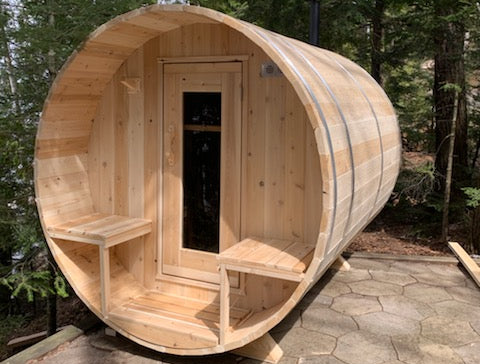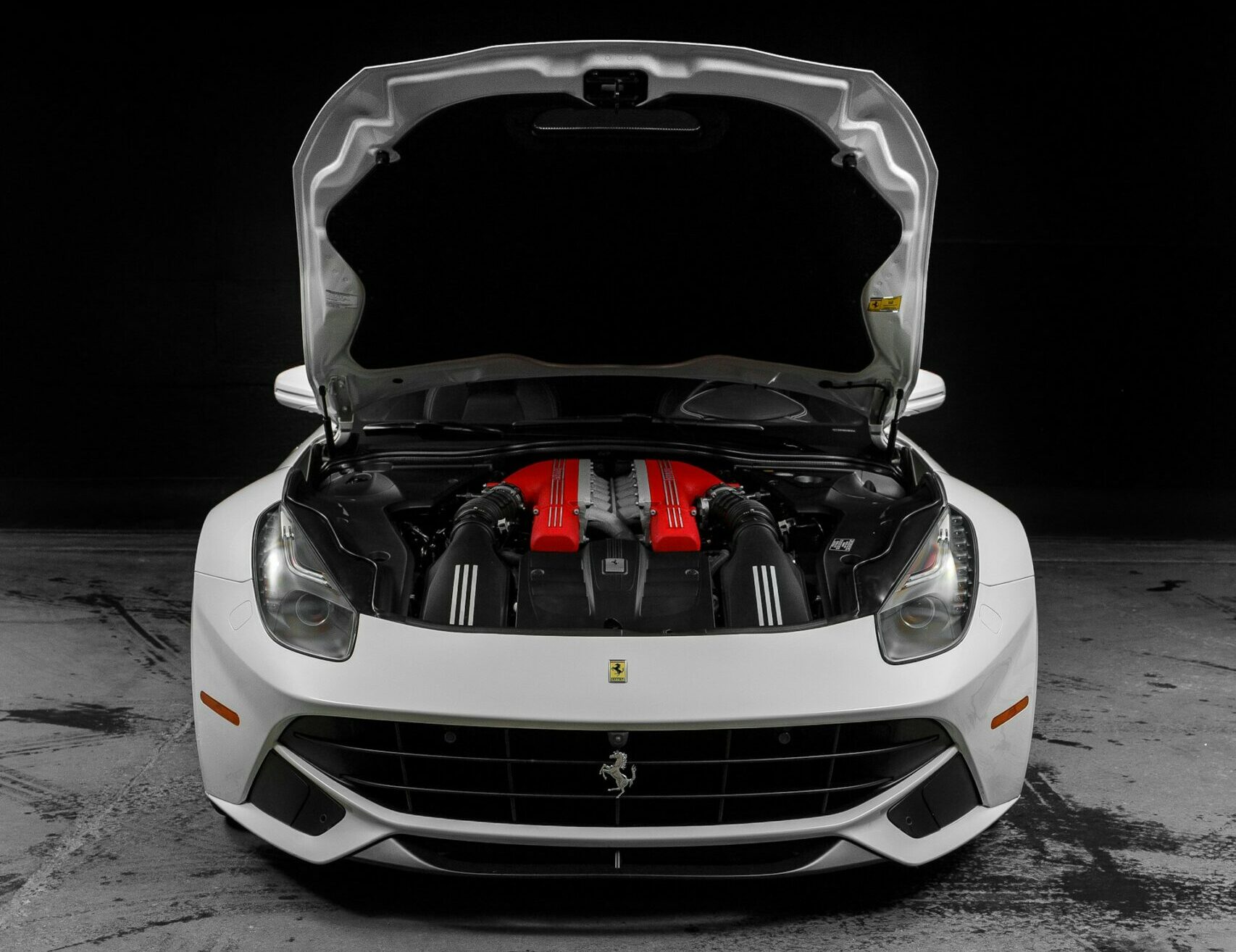Experiencing a car stall on the highway can be a nerve-wracking ordeal. Whether you’re commuting to work, embarking on a road trip, or running errands, the unexpected halt can induce stress and potentially dangerous situations. However, understanding the correct steps to take can ensure your safety and minimize risks. Here’s a detailed guide on what to do if your car stalls on a highway.
1. Stay Calm and Assess the Situation
First and foremost, remain calm. Panicking will only hinder your ability to think clearly and act swiftly. Take a few deep breaths and assess the situation. Is your car completely dead, or is it sputtering and struggling to move? Understanding the severity of the stall will help you determine the best course of action.
2. Turn on Your Hazard Lights
Immediately turn on your hazard lights to alert other drivers that you are experiencing a problem. This is crucial for your safety as it signals to others that you are a potential obstruction and that they should proceed with caution.
3. Attempt to Restart the Engine
If your car engine stalls but still has some power, attempt to restart it. Sometimes a simple engine restart can get you moving again, especially if the stall was caused by a temporary glitch. However, be cautious and prepared to pull over again if the problem persists.
4. Safely Move to the Shoulder
If the car does not restart or continues to stall, your next priority is to move to a safe location. If you can, gently steer your car towards the right shoulder of the highway. Use the momentum of your car to coast to a stop if the engine is completely dead. Avoid braking abruptly, as this can cause accidents or create further hazards.
5. Exit the Vehicle Safely
Once you have safely moved your car to the shoulder, assess whether it is safe to exit the vehicle. If the shoulder is wide enough and traffic conditions permit, exit the car from the side away from traffic. Ensure all passengers do the same. If you feel it is too dangerous to exit the car due to heavy traffic or a narrow shoulder, stay inside with your seatbelt fastened.
6. Call for Assistance
After securing your position and ensuring everyone’s safety, call for roadside assistance. If you have a roadside assistance plan, contact them first. If not, call a tow truck or a nearby auto repair shop. Inform them of your exact location, the nature of the problem, and any other relevant details.
7. Use Emergency Supplies if Necessary
While waiting for help, make use of any emergency supplies you might have in your car. An emergency kit should include items such as flares, reflective triangles, a flashlight, a first aid kit, and water. Placing reflective triangles or flares behind your car can increase your visibility to oncoming traffic, especially at night or in poor weather conditions.
8. Stay Safe While Waiting
While waiting for help, stay vigilant about your surroundings. If you remain inside the car, keep your seatbelt fastened and doors locked. If you are outside the vehicle, stand away from the road and the car, preferably behind a barrier if available. Do not attempt to repair the car yourself if it involves standing in the path of traffic.
9. Preventive Measures to Avoid Future Stalls
Once you have managed the immediate crisis, it’s essential to take preventive measures to avoid future stalls. Regular vehicle maintenance is key. Ensure that your car receives routine check-ups, oil changes, and inspections of essential systems such as the battery, fuel system, and ignition. Additionally, pay attention to warning signs like unusual noises, poor engine performance, or dashboard warning lights.
10. Understand Common Causes of Stalls
Understanding the common causes of car stalls can also help you prevent them. Some typical reasons include:
- Fuel System Issues: A faulty fuel pump, clogged fuel filter, or an empty gas tank can cause your car to stall.
- Electrical Problems: Issues with the battery, alternator, or wiring can lead to a stall.
- Ignition System Faults: Problems with spark plugs, ignition coils, or the distributor can disrupt engine performance.
- Overheating: An overheated engine due to coolant leaks or a malfunctioning cooling system can cause a stall.
- Transmission Issues: Problems with the transmission system can also result in stalling.
11. Know Your Emergency Contacts
Keep a list of emergency contacts readily accessible in your vehicle. This list should include roadside assistance numbers, tow services, and contact information for family or friends who can help in a pinch. Having these numbers on hand can expedite the process of getting help when you need it most.
Did You Get Rear Ended Because You Stalled?
Dealing with a rear-end collision when your car stalls on a highway adds another layer of complexity to an already challenging situation. If another vehicle collides with yours from behind, immediately assess yourself and any passengers for injuries, then move to a safe location if possible. Exchange information with the other driver involved, document the scene with photos, and contact law enforcement to report the accident. Seek medical attention for any injuries, notify your insurance company to begin the claims process, and follow up on repairs for your vehicle. Know your rights and consult with a Charleston car accident attorney if you believe the other driver was at fault. Throughout the process, stay calm and patient, prioritizing safety and working towards a resolution effectively.
Conclusion
A car stalling on the highway can be an unsettling experience, but with the right knowledge and preparation, you can handle the situation safely and efficiently. Always prioritize your safety and the safety of your passengers, use your hazard lights to alert other drivers, and seek assistance.







